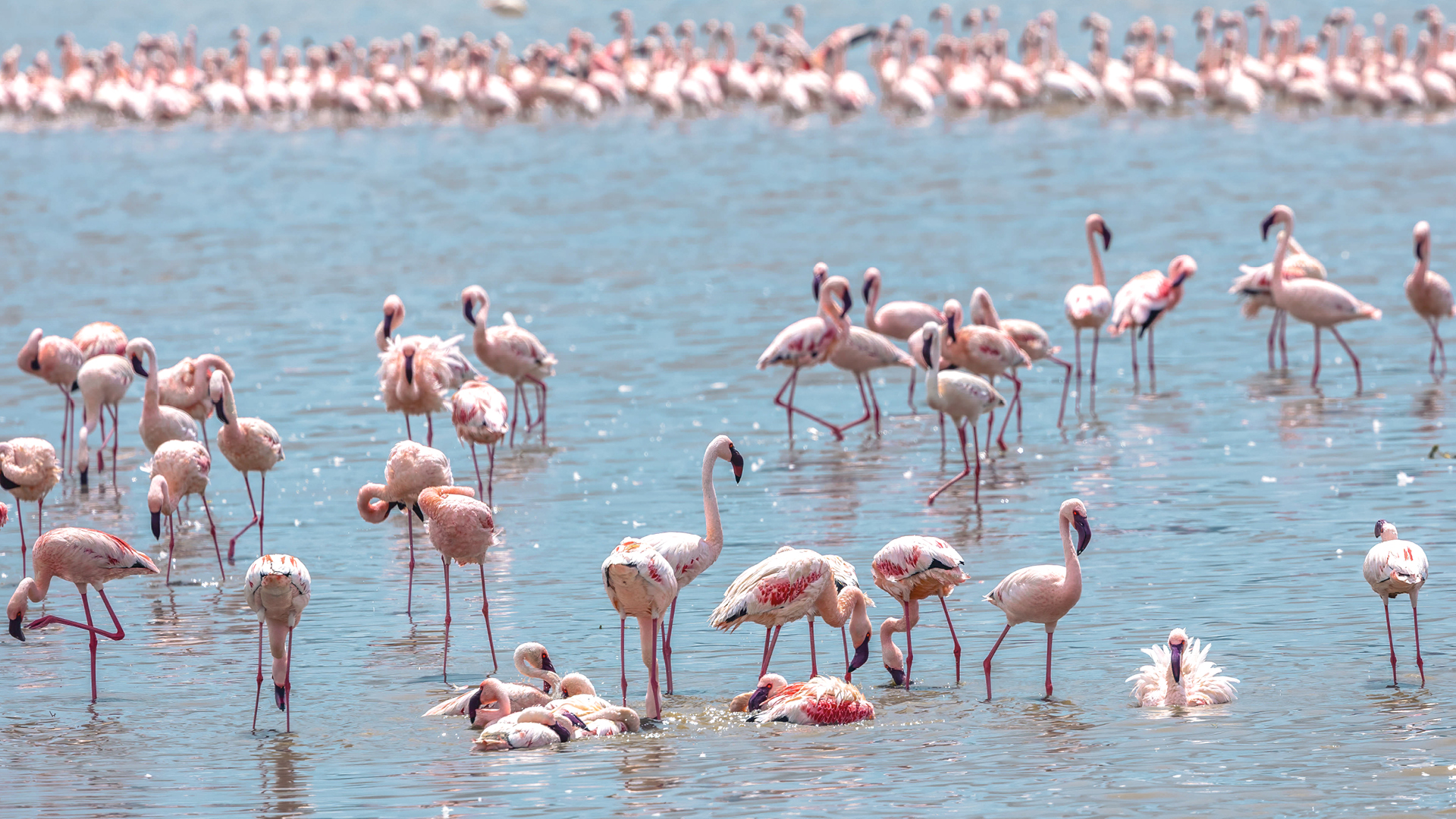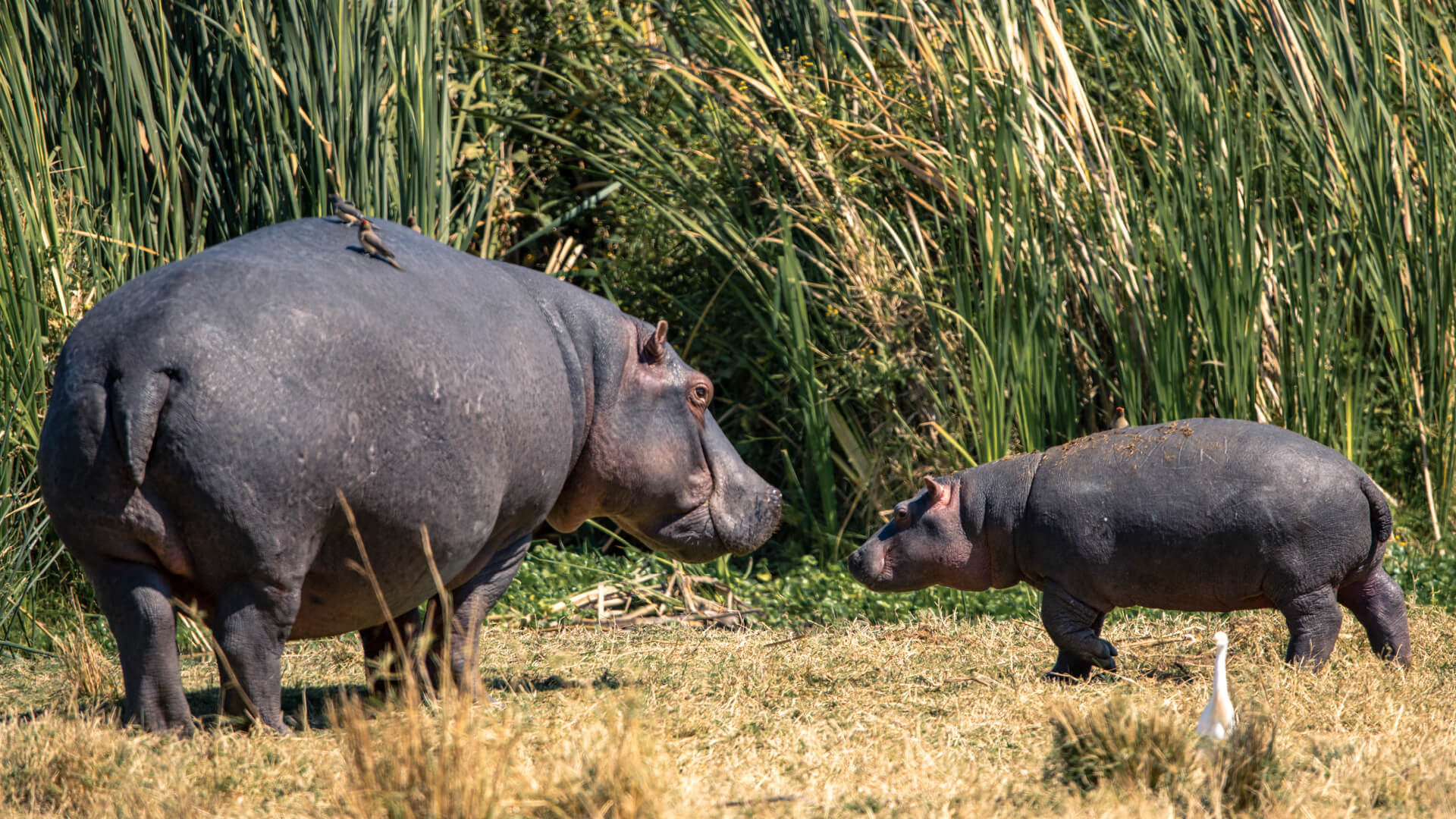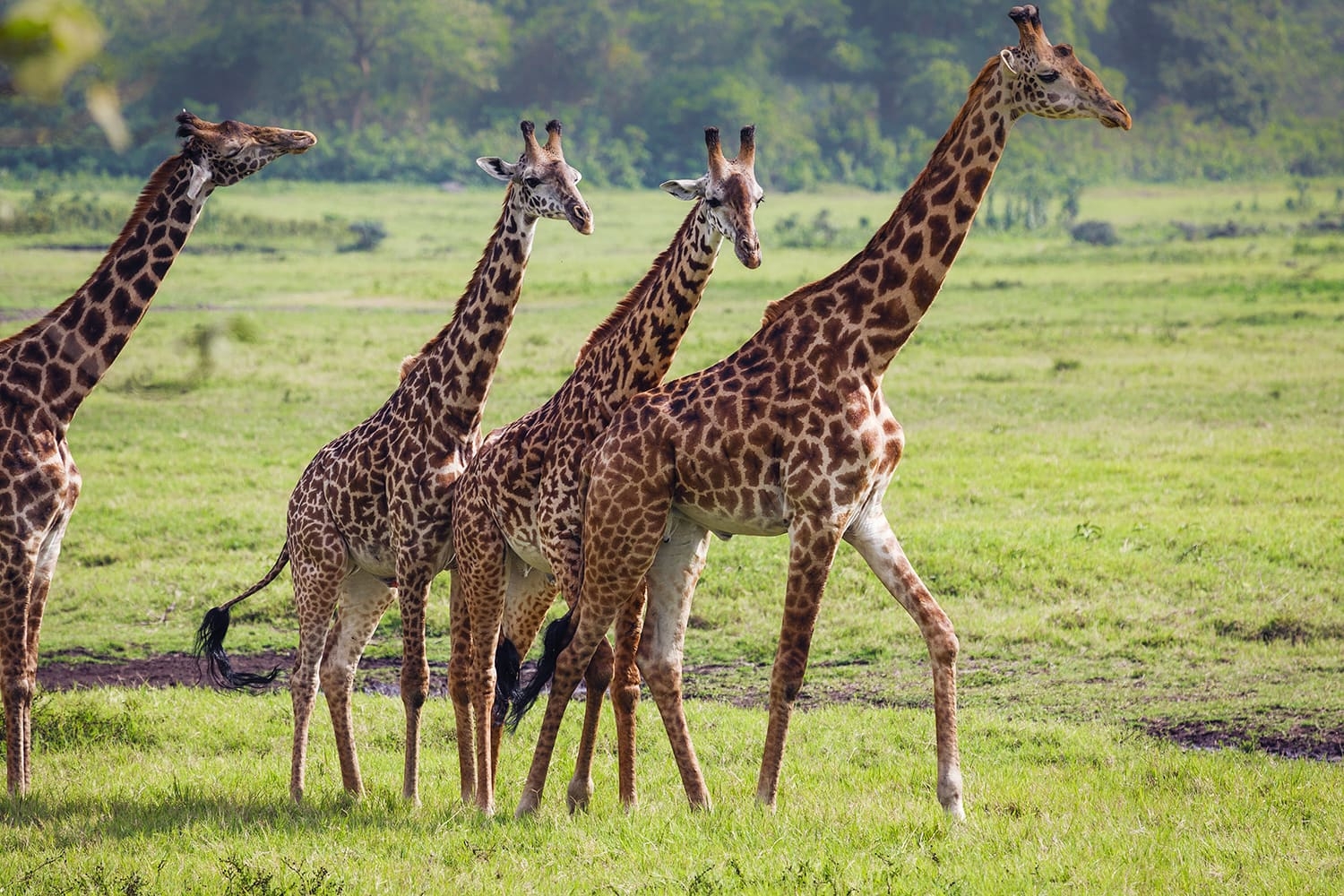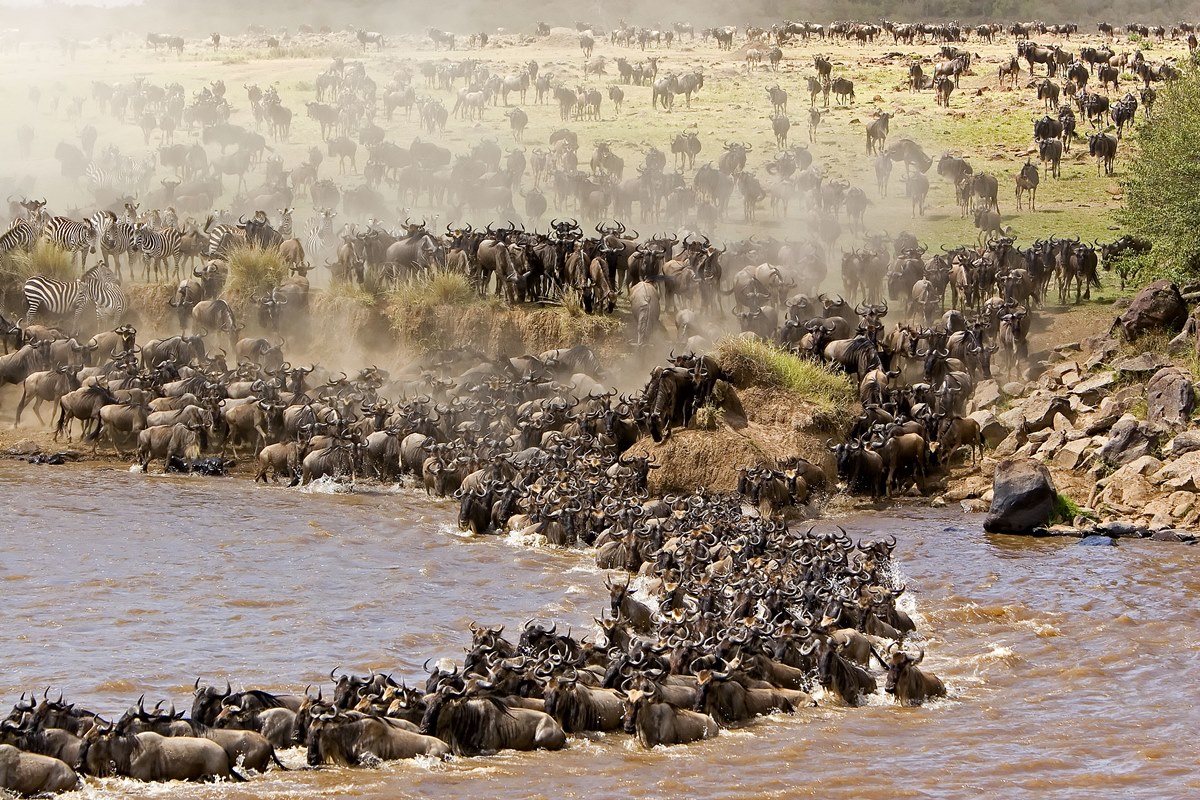Tarangire National Park
Park Overview
Ngorongoro Crater is one of Africa’s most remarkable natural wonders, nestled in northern Tanzania. It forms part of the larger Ngorongoro Conservation Area, which borders the famous Serengeti National Park. The crater itself was formed millions of years ago by a massive volcanic eruption and, over time, developed into the world’s largest intact volcanic caldera. Spanning about 260 square kilometers and standing 2,200 meters above sea level, the crater offers breathtaking views from its rim and is easily accessible from the nearby city of Arusha, a major gateway for Northern Tanzania’s safari circuit. Its unique geography provides a stunning backdrop for wildlife viewing, making it a must-visit destination for nature enthusiasts and photographers. The Ngorongoro Conservation Area is recognized as a UNESCO World Heritage Site due to its rich biodiversity and archaeological significance. Visitors are not only treated to spectacular landscapes but also have the chance to learn about the Maasai people who inhabit the area, offering an intriguing combination of wildlife, culture, and history that is unrivaled elsewhere in East Africa.

Wildlife
Ngorongoro Crater is renowned for its incredible concentration of wildlife, making it one of the best places in Africa to see animals up close. The crater floor is home to around 25,000 large animals, offering a unique opportunity for visitors to witness the famous “Big Five”: lion, elephant, buffalo, leopard, and rhinoceros. In fact, Ngorongoro boasts one of the densest populations of lions in the world. Black rhinos are another major highlight, as the crater is among the last strongholds for this critically endangered species. Herds of wildebeest, zebras, and gazelles move across the grasslands, while hippos wallow in freshwater pools. The area’s lakes attract large flocks of flamingos, and more than 500 bird species have been recorded, including ostriches, crowned cranes, and the rare kori bustard. The unique ecosystem inside the crater provides abundant food and water, reducing the need for animals to migrate, which means wildlife viewing is excellent all year round. Birdwatchers and animal lovers alike will find Ngorongoro Crater a true paradise.

Weather and Climate
The weather in Ngorongoro Crater is generally mild and pleasant, thanks to its elevation of over 2,200 meters above sea level. The climate can be categorized into two main seasons: the dry season and the rainy season. The dry season typically lasts from June to October, with clear skies, sunny days, and cooler nights and mornings. During this period, daytime temperatures average around 18°C to 25°C (64°F to 77°F). In contrast, the rainy season occurs from November to May, with the heaviest rains falling in March and April. Temperatures remain moderate, but conditions can become misty and the crater floor may be muddy. Nevertheless, rainfall enhances the lush greenery of the area, providing breathtaking landscapes. Regardless of the season, visitors should be prepared for sudden changes in weather, especially near the crater rim, where fog and chilly winds can occur. Packing layers, a rain jacket, and sturdy shoes is advisable for a comfortable experience in this dynamic environment.

The Best Time to Visit
Ngorongoro Crater can be visited year-round, as its abundant wildlife remains within the crater throughout the seasons. However, the best time to visit is generally during the dry season, from June to October. During these months, the weather is clear, roads are easy to navigate, and animals tend to gather around water sources, making them easier to spot. This period is particularly popular among tourists, so the area may be busier. The short rains in November and the long rains from March to May bring fewer crowds and transform the landscapes into lush, green vistas—ideal for photography and birdwatching, as migratory birds arrive. The rainy months, especially April and May, can make driving within the crater more challenging, but also offer a sense of solitude and exceptional natural beauty. If you are interested in seeing baby animals, the calving season generally occurs after the rains, in late January and February. Ultimately, the choice depends on your preferences, but Ngorongoro Crater guarantees an extraordinary safari experience at any time of year.



